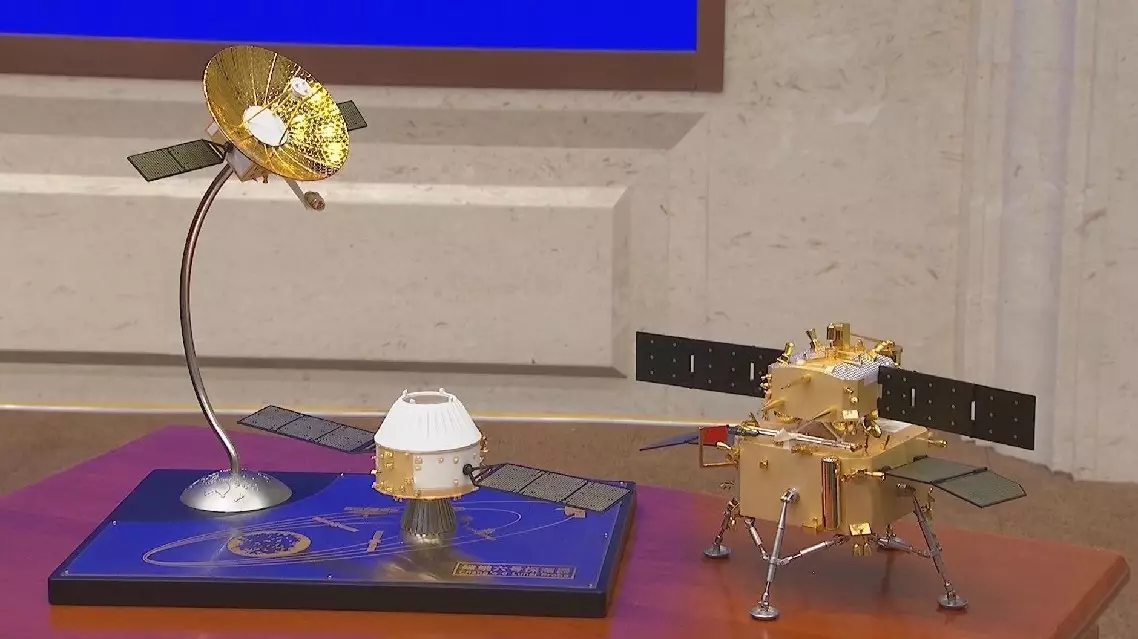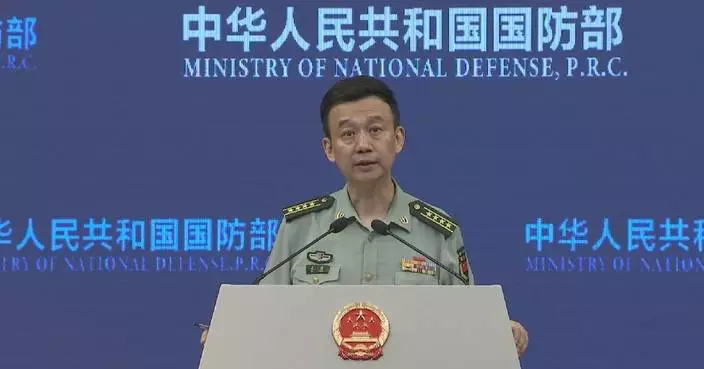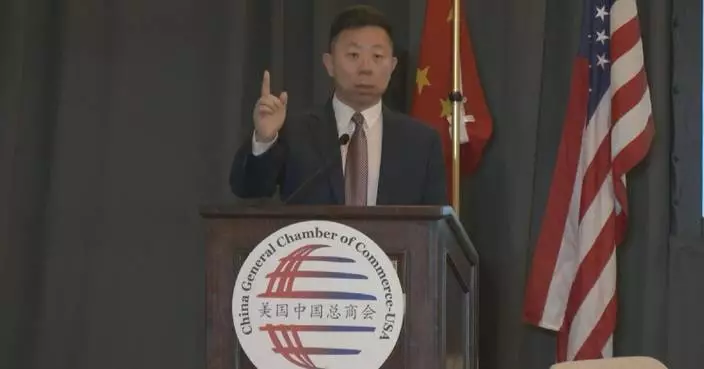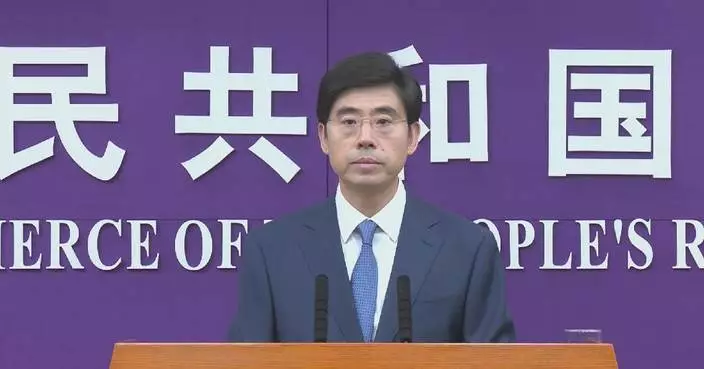A dimly lit room in the Shatila refugee camp in Lebanon serves as a small museum and one of the most emotionally resonant sites for Palestinians in the camp whose families were forced to leave their homes more than seven decades ago.
In 1948, Israel declared statehood, sparking an eight-month war with a number of Arab states, known as the First Arab-Israeli War. The war, seen by many Palestinians as a national catastrophe, or "Nakba", resulted in mass displacement and dispossession.
Tens of thousands of Palestinians came to neighboring Lebanon for refuge. Most of them took only a few belongings when fleeing their home, thinking that they would be able to come back soon, but never could.
Thursday marks World Refugee Day. CCTV reporters visited a special museum at the Shatila refugee camp in the southern suburbs of Beirut to find the memories belonging to displaced Palestinians.
The refugee camp was built by the International Committee of the Red Cross over 70 years ago to accommodate Palestinians escaping the war. Now Shatila has expanded from a settlement made up of tents to a real community.
On the way to the museum, the alleyways are narrow and crowded and densely packed buildings lead to a lack of sunlight. Inside, the exhibition hall only takes up one room. It houses about 600 sentimental Palestinian objects placed on timeworn furniture, from jewelry boxes and wooden combs to cooking utensils and oil lamps.
Seventy-six-year-old Muhammad al-Khatib is the curator. In 1948, he was just a six-month-old baby when coming to Lebanon with his family.
"My village in Palestine is called Al-Khalisa. It's very near to the borders of Lebanon, eight kilometers from the border. It can be seen by the naked eye from the borders," al-Khatib said.
After studying and working in Spain for many years, al-Khatib decided to return to Shatila. He said since he could not return to his hometown in Palestine, he must not abandon Shatila.
In 2005, al-Khatib opened this Palestinian Memory Museum to commemorate the old days that have never returned and to serve as a reminder to residents of Shatila to remember where they came from -- Palestine.
There are 12 rusty house keys preserved in the small museum. As time went by, the houses to which the keys belonged were reduced to ruins during warfare, but the Palestinians in Shatila refused to forget their hometown.
"This key and so many others were brought by the Palestinians with them in 1948. They closed the door and they thought that they would return back in one week, and the time was running and they did not return back. So now the key is the symbol of return of the Palestinians," said al-Khatib.
Now the Shatila refugee camp is home to over 14,000 long-term residents, of which 11,458 are Palestinian refugees registered by UN agencies.
There are nearly 490,000 Palestinian refugees in Lebanon as of March 2023, and an estimated 45 percent of them live in the country's 12 refugee camps, according to the United Nations Relief and Works Agency for Palestine Refugees in the Near East, or UNRWA.
Although most of these individuals were born in Lebanon, they are still deemed as Palestinian refugees or even stateless people without identity. They are not allowed to work in 39 professions, including as doctors or lawyers, nor can they own real estate. Most of them work odd jobs or run small businesses for a living and have no choice but to live in overcrowded refugee camps throughout their lives, grappling with shortages of electricity, health care and other basic services.
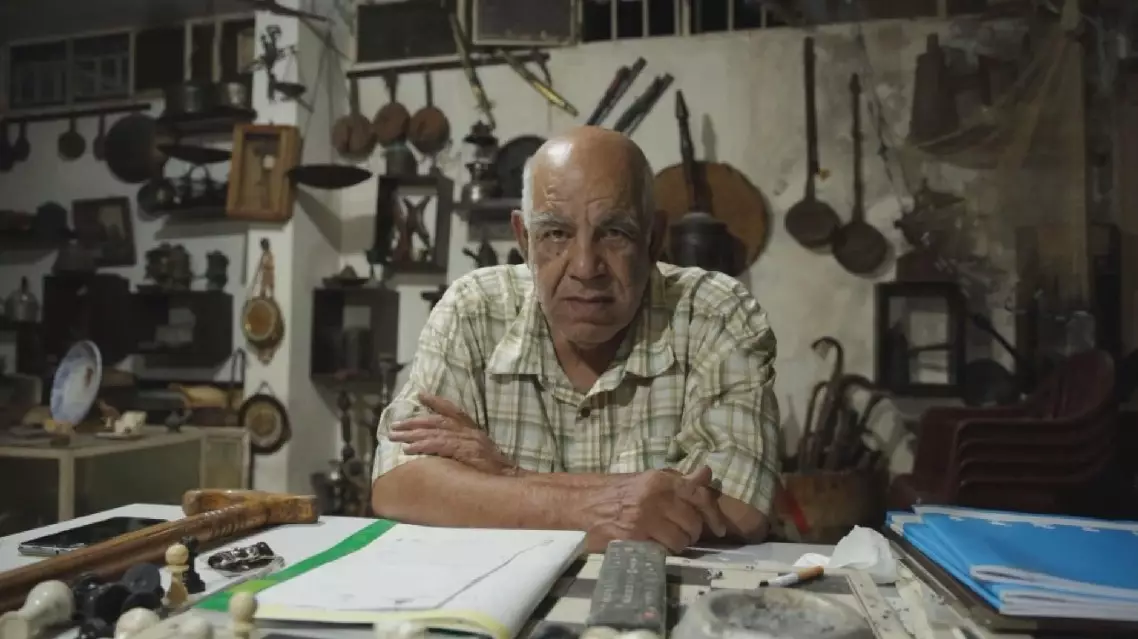
Museum in Lebanon refugee camp houses cherished memories of displaced Palestinians


